Update: October 2012: While this lesson is still available as a pdf (see original post below) an expanded version – Why We Fight: WWII and the Art of Public Persuasion - is now available at iBookstore It includes 43 historic posters, 13 rare films, plus numerous communiqués, photographs and recordings. Plus student “stop and think” prompts based on CCSS skills.
 Recently my post: Essential Question: Who is the Teacher in Your Classroom? drew a response from a teacher looking for a more scaffolded approach to document based instruction. Here’s my response …
Recently my post: Essential Question: Who is the Teacher in Your Classroom? drew a response from a teacher looking for a more scaffolded approach to document based instruction. Here’s my response …
Homefront America in WW II (PDF) is designed to improve content reading comprehension with an engaging array of source documents – including journals, maps, photos, posters, cartoons, historic data and artifacts. (One of the central goals of the Common Core standards).
I developed it to serve as a model for blending essential questions, higher order thinking and visual interpretation. I intentionally refrained from explaining the documents, to afford students the chance to do the work of historians. A variety of thinking exercises are imbedded in the lesson to support reading comprehension. Graphic organizers support differentiated activities to assist the students in extracting meaning from the documents.
Hopefully this lesson serves as a model of how to infuse support for literacy into the more typical educational goal of content mastery. But more importantly, it is designed to demonstrate how student engagement can be “powered” by an essential question.
Instead of attempting to teach the American homefront experience during WWII via the memorization of historical facts (like “victory” gardens), this lesson approaches the same subject through a more timeless question “How did Americans change their lives to support the war effort?”
This essential question invites the students into the material as they draw from their life experience to construct a response. Guiding questions direct students to construct comparisons between the American experience in WWII and the Iraq / Afghanistan war. Moreover, since the events of September 11th, the very notion the “homefront” has been redefined by new perceptions of terrorism and homeland security.
Instruction is not simply an act of telling, it should instead be centered around creating learning experiences that provoke student reflection. In this lesson, source documents and literacy strategies combine to simultaneously teach content and comprehension. But more importantly, an essential question serves as a springboard to engage students in a deeper reflection on the notion of sacrifice in the historical context and in their own lives.
Scaffolding questions include …
Pre Reading / Think Before You Start:
Before you begin this lesson,think about and discuss in small groups the following questions:
- What resources are needed to wage a war?
- How could people on the home front help to supply these resources?
- What would you be willing to contribute to a war effort?
Post Reading / The Question Today:
Civilians have always been impacted by war and they are frequently called upon to contribute to national war efforts. Since the events of September 11, 2001, the United States has fought wars in Afghanistan and Iraq.
- How have Americans on the homefront contributed to the effort? What have they sacrificed?
- How do those efforts compare with the home front in WWII?
- How did the attacks of September 11 change the nature of the “homefront?”
Like this:
Like Loading...





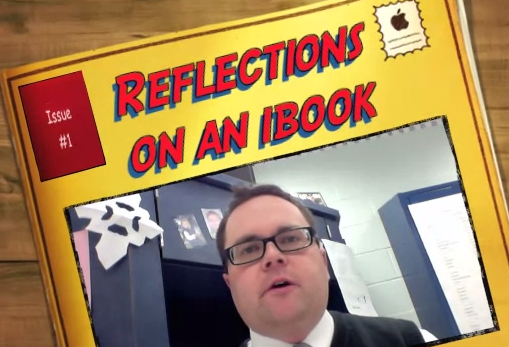
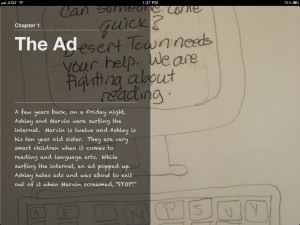
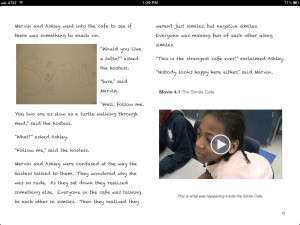
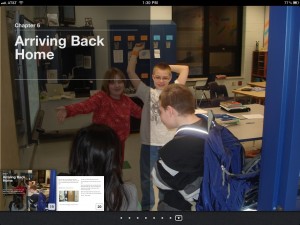

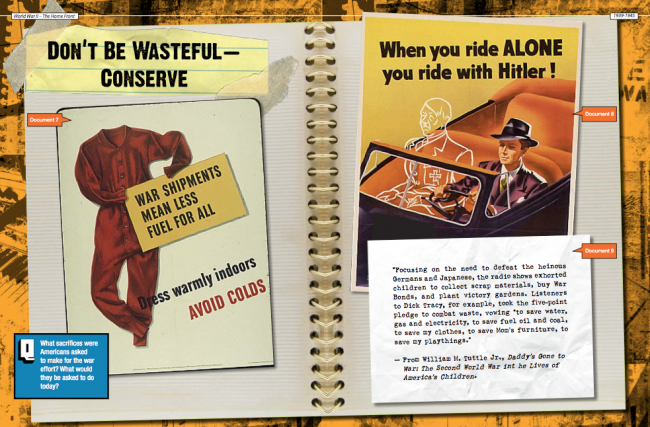

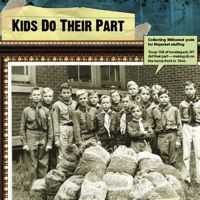
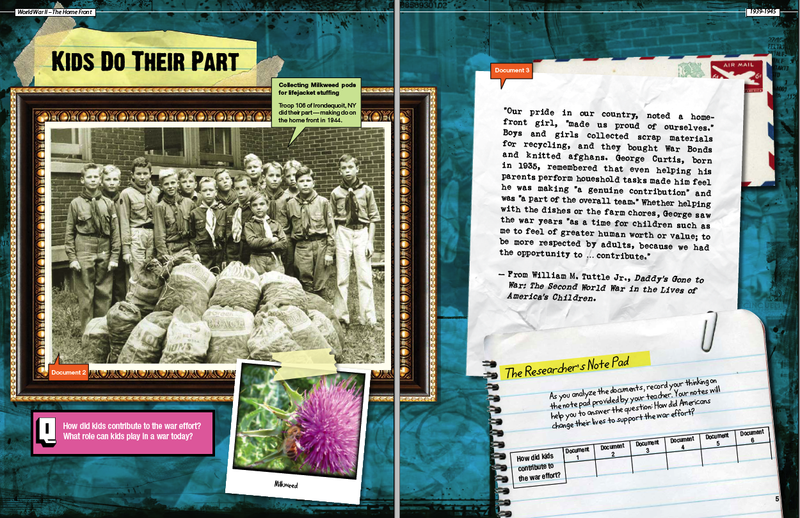

 Recently my post:
Recently my post: